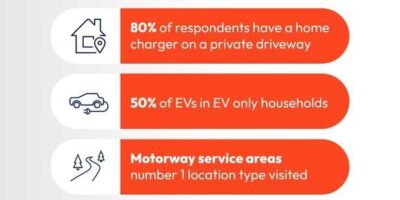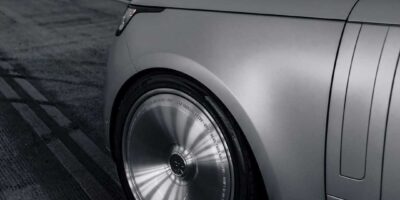The AA is reminding drivers of the risks of overloading their car, as one in four drivers (23%)1 plan to significantly pack their vehicle to help a student move into university or college this term.
The survey of 12,903 AA Members also showed that only one in five respondents (19%) packed their car full of camping gear this summer as the British weather failed to live up to seasonal expectations. During the busy festival season, only one in 20 (5%) said they had loaded their car with festival kit. Unsurprisingly, the age group most likely to do this were 18-24s (20%) closely followed by drivers aged 25-34 (19%).
While loading your car to the roof can seem like a cost-effective way to transport the worldly goods of a loved one, there are some considerations to be made first, like checking your car is up to the job of carrying a heavier load than usual.
Drivers’ checklist before loading up:
Access to the spare wheel or tyre repair kit in the event of a puncture
The pressures and condition of road tyres
Oil and coolant levels
Set the headlight beam to a lower setting to reduce dazzle to other drivers
Load the heaviest items first
Secure loose items to prevent them from becoming projectiles in the event of hard braking or swerving
View to the rear – (On a right-hand drive car, the driver should be able to use the right-hand (drivers) door mirror and at least one additional mirror to offer a clear view to the rear of the car)
If using a roof rack or roof box ensure all items, including the roof rack/box and well secured
An ad hoc survey of several current students found that important items being packed included:
Toasters
Coffee machines
Air fryers
Waffle makers
Toastie makers
Pans
Plates
As well as
Pillows
Duvets
Towels
Clothes
Stationery
Books
For more information on loading cars see the AA website.
Driving on badly worn, cracked or under-inflated tyres in a heavily loaded car can easily lead to a total loss of control. In fact, the most recent Department for Transport statistics2 for England (issued in September 2022) shows that illegal, defective, or under-inflated tyres were a contributory factor in 316 collisions which led to 441 casualties and overloaded or poorly loaded vehicles contributed to 106 collisions that led to 128 casualties.
Nick Powell, AA Patrol of the Year, said: “Quite often around this time of year, AA patrols become Jenga3 experts by unloading countless storage boxes onto the side of the road as they go in search of a buried spare wheel. It’s clear from the AA survey results that lots of people are still keen to help their loved ones move on to the next stage of their education, and that’s totally understandable, but it’s important for all concerned that they do it as safely as possible.
“If your car is overloaded it’s easy to lose control if you need to swerve to avoid an obstacle. Loose items should be strapped down to stop them from moving under heavy braking or harsh changes in direction – this could turn them into dangerous projectiles. Also, if carrying a passenger, avoid putting boxes in the footwell as this is likely to tempt them into placing their feet on the dashboard instead, which, at best can lead to mucky footprints on your dash, or at worst – nasty injuries if involved in a collision.
“It’s also worth noting that overloading your car is an offence, punishable with a fine and three points on your licence, so, if your car resembles a removal truck once it’s loaded, an alternative such as renting a small van may be the safer option that saves you money in the long run.”
*Article Source www.TheAA.com








